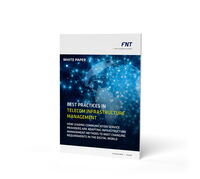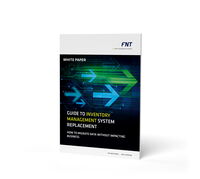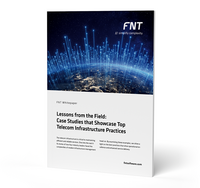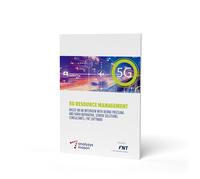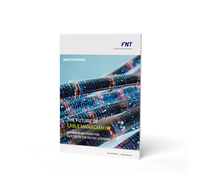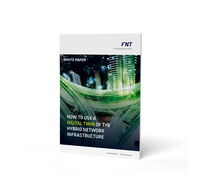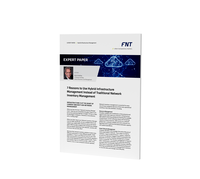Manage Virtual Resources Across Silos in Core and Edge Data Centers
Transforming into a digital service provider enables organizations to automate a broad spectrum of processes. This makes it possible to launch and fulfill new products and services faster, ensure service quality and reduce OPEX. The most important requirement for achieving this transformation is unified management of both physical and virtual network assets as well as IT and data center resources.
Emerging 5G networks are driving providers to actively pursue digital transformation initiatives. A key element of digital transformation is virtualization, which involves moving network functions out of the network and into data centers. Network operators will be tasked with managing virtualized assets and resources that live outside the classical telecommunications domain along with the physical hardware and logical connectivity of the traditional telco network.

Use Cases
Major Benefits
- Delivers transparency and visibility into multi-vendor VNF deployments and allocated physical and virtual resources for operational analysis
- Have all relevant, vendor-agnostic information available for both operation and planning purposes to support the many VNFs, from multiple suppliers, executed on different NFVI platforms dispersed across core and edge data center sites
- Provides a holistic view by delivering and maintaining an accurate and up-to-date inventory of all physical, and virtual resources
- Perform fault analysis based on historicized configuration data to address any underlying issues that need to be resolved, even when virtual resource configuration has been automatically changed
- Accurate information on server and storage capacity across the relevant edge and core data centers from the planning perspective
- Faster and more accurate impact analysis of new VNF rollouts to manage data center capacity extensions according to the appropriate MAC process (Move, Add, Change)
- Accelerate daily business processes and achieve greater operational reliability
- Comprehensive planning and lifecycle management
- Reliable load and capacity displays with accurate prediction
- True-to-scale 2D and 3D display of rooms and floor space
- Integrate real-time power consumption and climate data
- Precise planning and monitoring of heat output and cooling capacity
- Efficient change management and easy process automation
- Powerful evaluation, reporting, and dashboarding functionality

